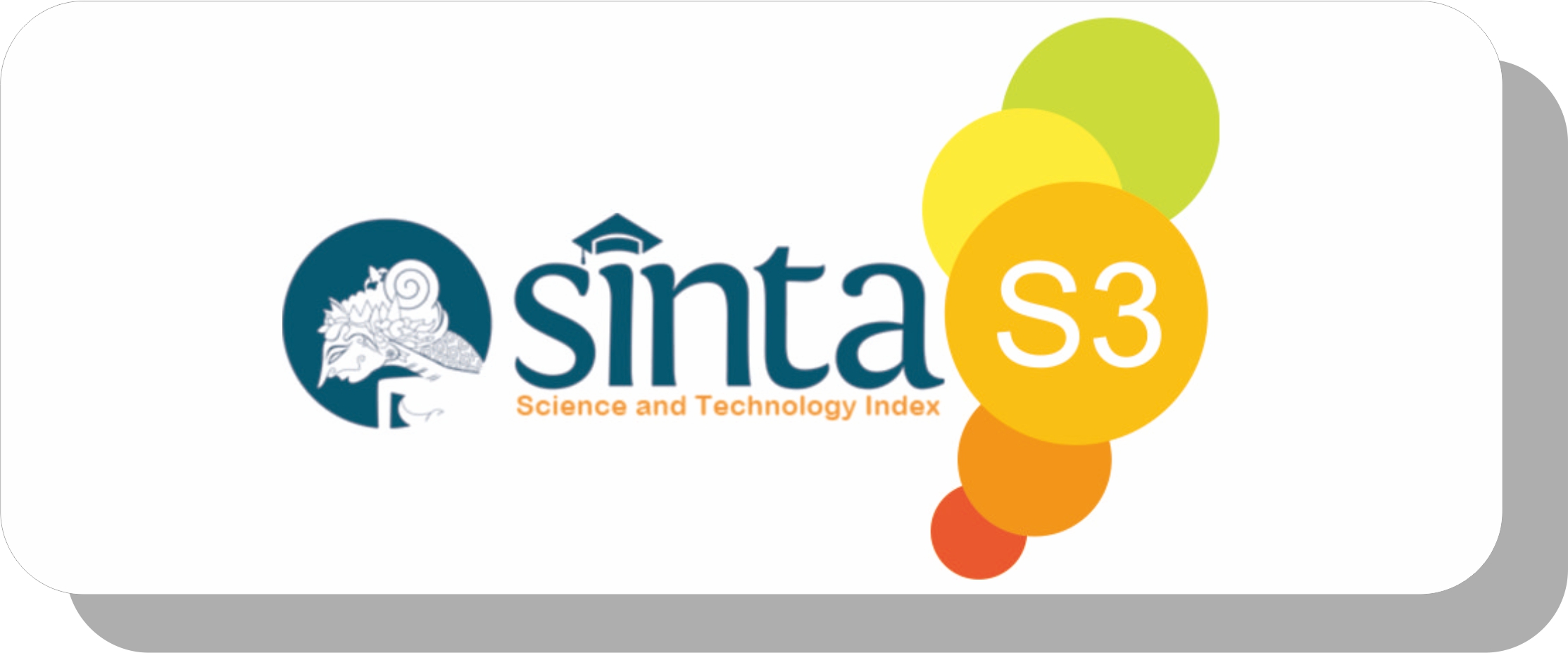Women's Communication Strategy for Women's Islamic Organizations in Overcoming Radicalism
DOI:
https://doi.org/10.22219/jurnalsospol.v9i1.25493Keywords:
Communication strategy, radicalism, womenAbstract
Women's involvement in radicalism and their role in addressing the issue are important considerations. Islamic organizations, such as Nahdlatul Ulama (NU) and Muhammadiyah in Indonesia, have played a significant role in combating radicalism. NU has developed the concept of Islam Nusantara as an antidote, while Muhammadiyah focuses on Progressive Islam as a counter-discourse. This research aims to explore the communication strategies used by women activists in Islamic organizations to address radicalism. The study will employ a descriptive qualitative method, focusing on Nasyiatul Aisyiyah and Fatayat NU as mass organizations representing young women. This research have a finding that the women activists in Islamic organizations employ distinct communication strategies to address radicalism, with Muhammadiyah emphasizing moderation and inclusivity, and NU focusing on identifying radicalism within groups. Effective communicators and targeted communication media are prioritized, despite the differing approaches between the two organizations.
Downloads
References
References
Arifinsyah, Andy, S., & Damanik, A. (2020). The Urgency of Religious Moderation in Preventing Radicalism in Indonesia. Esensia, 21(1), 91–107. https://ejournal.uin-suka.ac.id/ushuluddin/esensia
Arikunto, S. (2002). Prosedur Penelitian Suatu Pendekatan Praktek. Rineka Cipta.
Cangara, H. (2013). Perencanaan dan Strategi Komunikasi. RajaGrafindo Persada.
Christin, R. (2018). Feminisme Kultural dan Peran Perempuan dalam Deradikalisasi BNPT (Badan Nasional Penanggulangan Terorisme) di Indonesia.
Effendy, O. U. (2004). Ilmu Komunikasi Teori dan Praktek. Rosdakarya.
Eka Putra, I., Okto Danamasi, D., Suci Arimbi, R., & Priyanto, S. (2018). Tackling Islamic Terrorism and Radicalism in Indonesia by Increasing the Sense of Humanity and Friendship Tackling Islamic Terrorism and Radicalism in Indonesia. In Handbook of Research Examining Global Peacemaking (p. 21). https://doi.org/10.4018/978-1-5225-3032-9.ch007
Hamilton, A. B., & Finley, E. P. (2019). Qualitative methods in implementation research: An introduction. Psychiatry Research, 280, 112516. https://doi.org/10.1016/J.PSYCHRES.2019.112516
Jensen, K. B. & J. (1999). A Handbook of Qualitative Methodologies For Mass Communication. Routledge.
Littlemore, J. (2003). The communicative effectiveness of different types of communication strategy. System, 31(3), 331–347. https://doi.org/10.1016/S0346-251X(03)00046-0
Moskalenko, S., & McCauley, C. (2009). Measuring political mobilization: The distinction between activism and radicalism. Terrorism and Political Violence, 21(2), 239–260. https://doi.org/10.1080/09546550902765508
Mulia, M. (2018). PEREMPUAN DALAM GERAKAN TERORISME DI INDONESIA. Al-Wardah: Jurnal Kajian Perempuan, Gender Dan Agama, 12(1). http://journal.iain-ternate.ac.id/index.php/alwardah/article/view/136/124
Nayiroh, L. (2020). Strategi Komunikasi Pemerintah Daerah dalam Upaya Pelestarian Budaya Sunda pada Kepemimpinan Dedi Mulyadi di Kabupaten Purwakarta Efforts of Regional Government Communication Strategies to Preserve Sundanese Culture in Dedi Mulyadi ’ s Leadership in Purwa. Jurnal PIKMA: Publikasi Media Dan Cinema, 3(1), 14–20.
Patzer, G. L. (1983). Source credibility as a function of communicator physical attractiveness. Journal of Business Research, 11(2), 229–241. https://doi.org/10.1016/0148-2963(83)90030-9
Priyatna, S., dan Ardianto, E. (2009). Tujuh Pilar Strategi Komunikasi Bisnis. Widya Padjajaran.
Qadeerzada, M. (2019). Target Audience [Unikom]. https://elibrary.unikom.ac.id/id/eprint/728/9/CHAPTER III.pdf
Sazali, H. (2022). Strengthening the state institutional communication development system for radicalism management in Indonesia. Jurnal Studi Komunikasi (Indonesian Journal of Communications Studies), 6(1), 235–252. https://doi.org/10.25139/jsk.v6i1.4491
Sugihartati, R., Suyanto, B., & Hidayat, M. A. (2016). CHANNELIZATION STRATEGIES OF RADICALISM AMONG MUSLIM UNIVERSITY STUDENTS IN INDONESIA. Journal of Indonesian Islam, 1–23. https://doi.org/: 10.15642/JIIS.2020.14.2.309-334
Sumbulah, U. (2019). Perempuan dan Keluarga: Radikalisasi dan Kontra Radikalisme di Indonesia.
Thaib, E. J. (2020). The communication strategies for moderate islamic Da’wah in countering radicalism in Gorontalo city, Indonesia. Jurnal Komunikasi: Malaysian Journal of Communication, 36(4), 143–156. https://doi.org/10.17576/JKMJC-2020-3604-09
Yusoff, K. (2010). Islamic radicalism in Malaysia: An overview. Procedia - Social and Behavioral Sciences, 5, 2326–2331. https://doi.org/10.1016/j.sbspro.2010.07.458
Interviews (12pt, Bold)
Asma, Siti. (2021). Malang/Srigading Street, January 15, 2021.
Blessings, Wisdom. (2021). Malang/ Singosari, January 20, 2021
Nasichah, Umi Khorirotin. (2021). Malang/Singosari, January 18, 2021
Yenik. (2021). Malang/UMM Campus, January 17, 2021
Downloads
Published
How to Cite
Issue
Section
License
Copyright (c) 2023 Winda Hardyanti

This work is licensed under a Creative Commons Attribution-ShareAlike 4.0 International License.
Authors who publish with this journal agree to the following terms:
- Authors retain copyright and grant the journal right of first publication with the work simultaneously licensed under a Creative Commons Attribution-ShareAlike 4.0 International License that allows others to share the work with an acknowledgement of the work's authorship and initial publication in this journal.
- Authors are able to enter into separate, additional contractual arrangements for the non-exclusive distribution of the journal's published version of the work (e.g., post it to an institutional repository or publish it in a book), with an acknowledgement of its initial publication in this journal.
- Authors are permitted and encouraged to post their work online (e.g., in institutional repositories or on their website) prior to and during the submission process, as it can lead to productive exchanges, as well as earlier and greater citation of published work (See The Effect of Open Access).

This work is licensed under a Creative Commons Attribution-ShareAlike 4.0 International License.


















